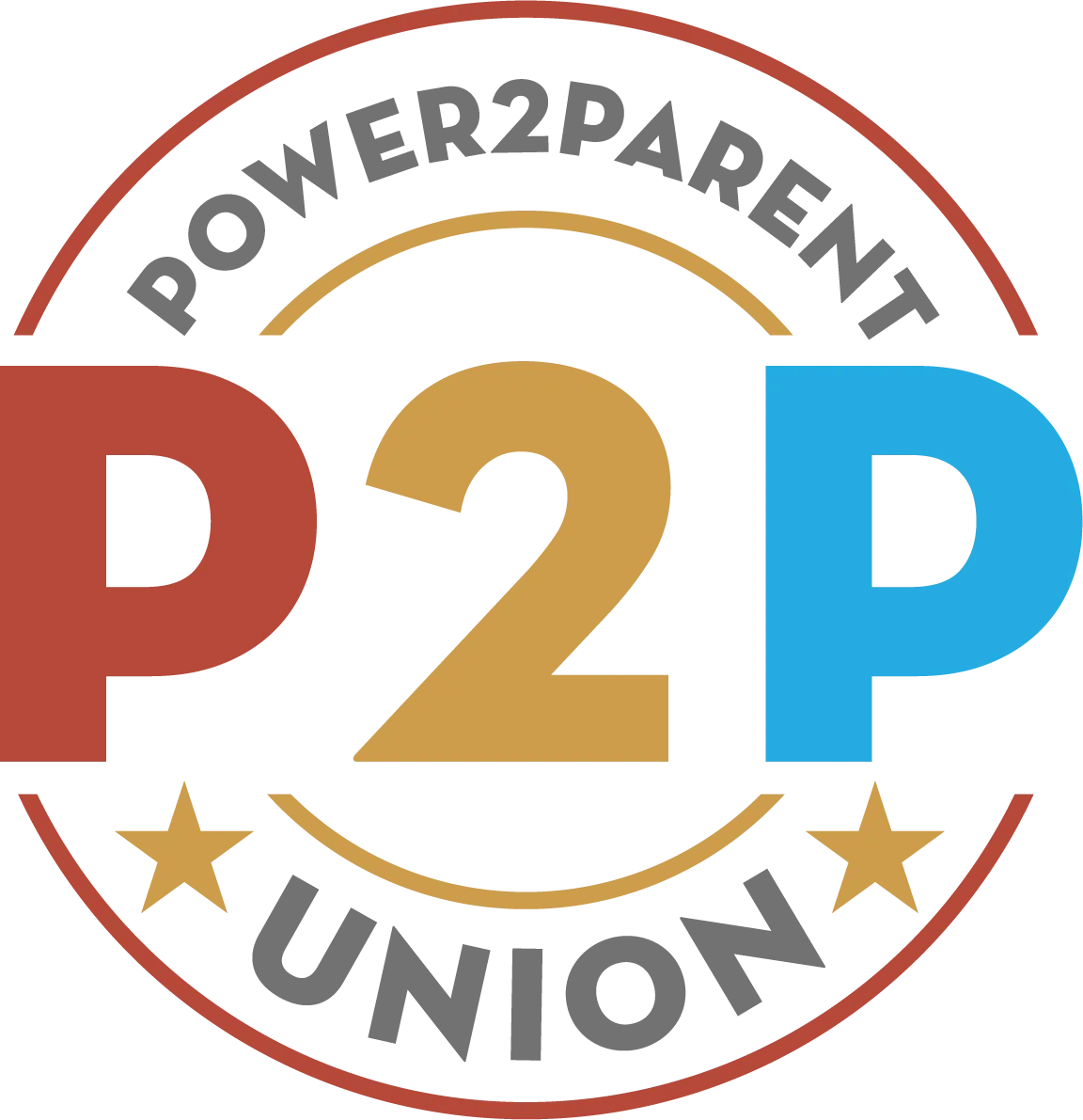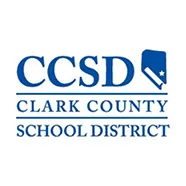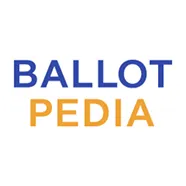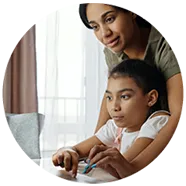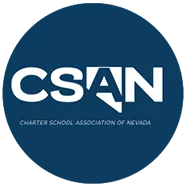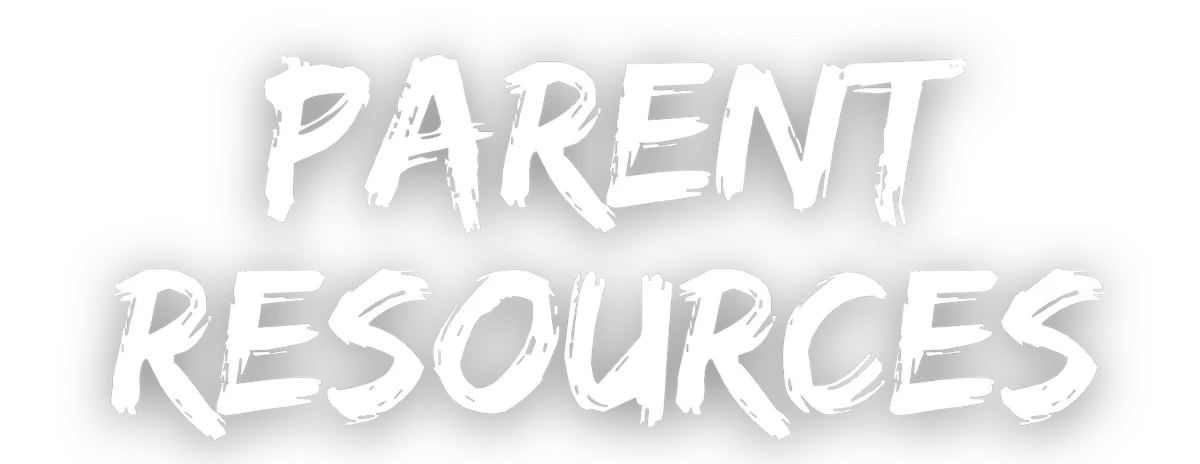
tackling tough conversations
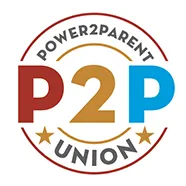
Family Conversation Cards
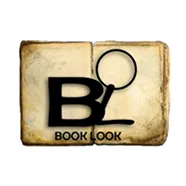
Kids' Book Ratings
education
Recent News

Parents Need to Know: School Choice…
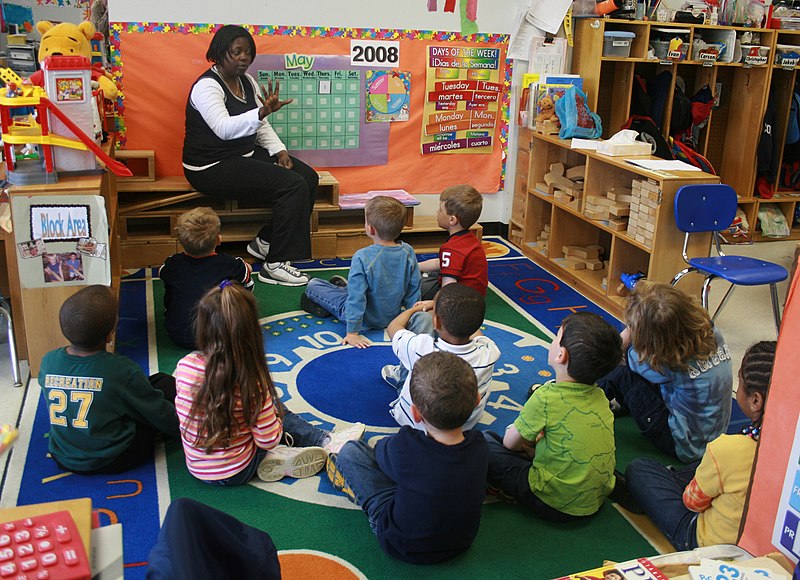
By Ashlyn Hauber, Power2Parent
During the 2024 election cycle, “hot-button topics” have resurfaced, sparking waves of debate and legislation. One such topic is education. The latest report from the National Center for Education Statistics showed record-low proficiency in both math and reading. Peggy Carr, commissioner of the National Center for Educational Statistics (NCES) explained that ““The mathematics score for the lowest-performing students has returned to levels last seen in the 1970s, and the reading score for our lowest-performing students was actually lower than it was the very first year these data were collected, in 1971.”
Some, including U.S. Education Secretary Miguel Cardona, believe the scores reflect the education impact of the 2020 pandemic. Many schools were closed for over a year, which doubtlessly disrupted learning. But the data shows that the pandemic is not a perfect scapegoat; the long-term trend shows a 7 point decline in reading and a 14 point decline in math since 2012.
One proposed solution is to increase funding for public schools. Under the American Rescue Plan Act (ARP) of 2021 the federal government invested $122 billion for P-12 schools and an additional $8 billion for disadvantaged student populations. The ARP does not mark the first increase in monetary investment in education. NCES data shows that inflation-adjusted spending per student has risen from $7,089 to $17,013 between 1971 and 2020. Despite these exorbitant expenditures, American education continues to spiral downward.
Another, more promising solution is to increase access to private and homeschool options. Enter The Educational Choice for Children Act (ECCA). The ECCA has been introduced in the House to make high-quality education available to more low-income students. Practically speaking, it provides tax credits to individuals who donate to organizations that grant scholarships to low-income students.
Low-income students are deeply affected by the failure of the public school system because they do not have the means to attend another school if the public school for which they are zoned is failing. In 2021, the average annual tuition for private elementary and secondary education was $12,790 and the average annual tuition at a private high school was $15,344. Were the ECCA to pass, taxpayers would be highly incentivized to donate money to qualified scholarship-granting organizations, thus increasing the amount of scholarships that are made available to low-income students so that they may attend a school of their choice.
Children are the future taxpayers and leaders of this nation. The Educational Choice for Children Act serves the government’s monetary and political interest to promote diverse educational avenues for students of all income levels. Moreover, it takes steps to fulfill the responsibility of the government to give students other educational options beyond a failing public education system.

contact
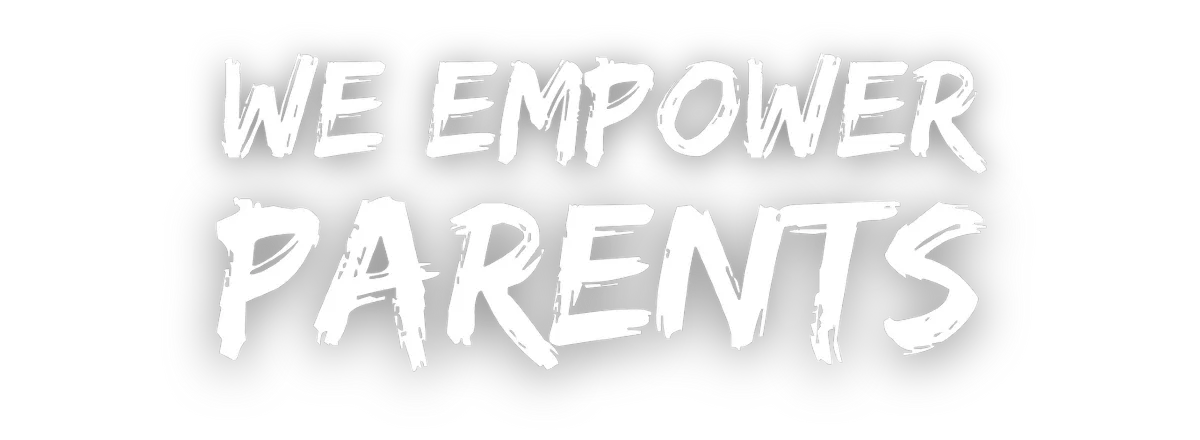
Copyright 2023 Power2Parent We are a 501c3 organization. Your donations are tax deductible. For more information or questions contact us.
